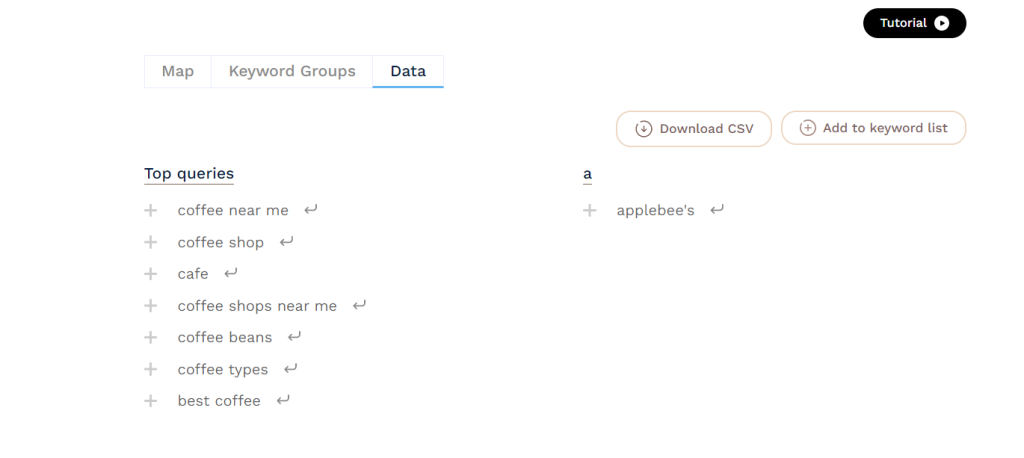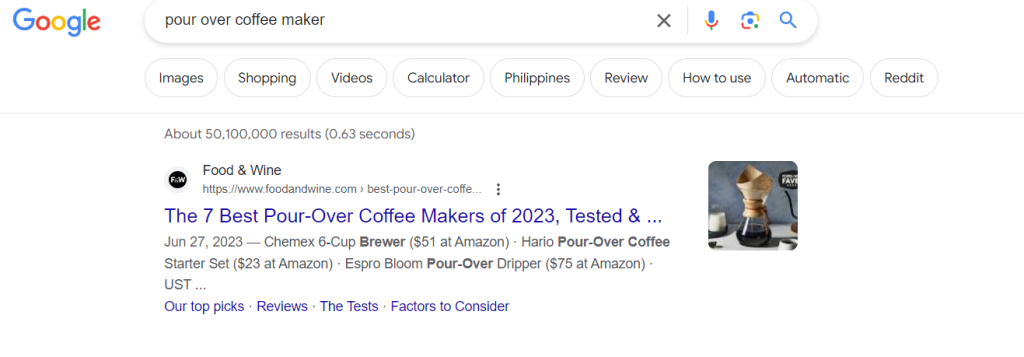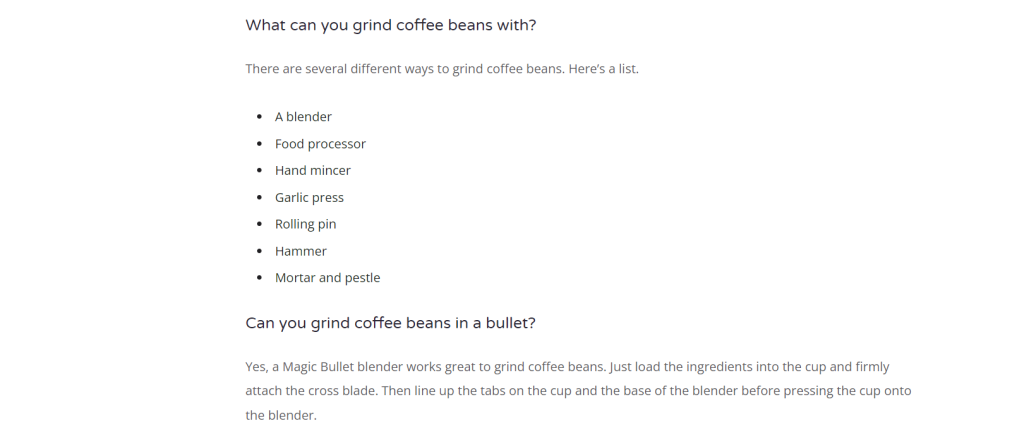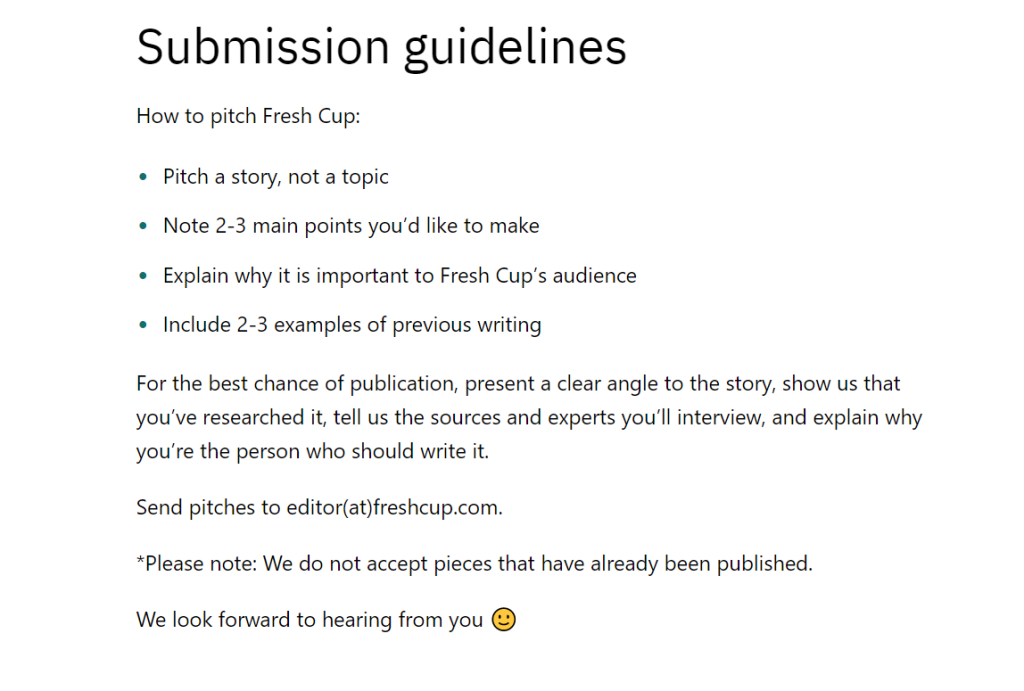How To Understand SEO
How to understand SEO? Starting with SEO can feel overwhelming due to new technical terms and endless tasks. It’s frustrating for beginners and can confuse them with conflicting advice. However, SEO is not as complicated as it seems. In reality, it can be broken down into three simple steps.
1. Find what people are searching for
SEOs refer to this process as “keyword research.” To carry it out, you will require a keyword research tool. These tools search extensive databases for people’s queries about a particular topic.
Several free tools, such as our free keyword generator, allow you to start immediately. Begin by brainstorming a general term representing your industry and input it into the tool.
For instance, if you own a store that sells coffee equipment, you may input “coffee.”

You can also toggle Questions to see the 50 most popular keywords phrased as a question:

You should review the report and take note of relevant keywords for your business. Keywords such as “Starbucks coffee” and “comedians in cars getting coffee” may not be relevant to your coffee equipment business since they refer to coffee chains and TV shows. However, “how to make cold brew coffee” and “how to grind coffee beans” are potential topics to target as they align with the specialty coffee equipment you sell. Continue this process with other keywords like “espresso,” “latte,” and “cappuccino,” using our keyword generator to find more ideas.
2. Give them what they want
It would be best if you crafted the content searchers seek to stand the best chance of ranking. This is because Google wants to rank relevant results that help them.
How do you do that?
Understand the reason behind the search
Every time someone Googles something, there is a reason. They may want an answer, navigate a specific website, or buy something. You need to understand the reason behind their search intent to create content that aligns with their needs. In terms of SEO, this is called “search intent.”
In some cases, the reason is clear from the search query itself. For example, if someone searches for “how to make cold brew coffee,” they are likely looking for a step-by-step guide on making the drink.
But what about a search query like “best coffee machine”? Is the person looking for an opinion on the best coffee machine, a review of a specific coffee machine, or a list of the top coffee machines?
Fortunately, Google has already ranked relevant results for us. We can use these top-ranking pages as a guide to understand what people are looking for. The “pour-over coffee maker” results show that all the top-ranking pages are blog posts that provide recommendations.

This tells us that searchers are in research mode, not buying mode. It wouldn’t make sense to try to rank a product page here.
Cover everything they want to know
People will expect specific answers from your content, so it’s important to include them to make it helpful for as many searchers as possible.
For instance, if you’re targeting the keyword “how to grind coffee beans,” you might immediately know the answer as a coffee professional: use a grinder. Your initial instinct may be to provide information on the grinder type and how to use it.
While this is logical, if you examine the top-ranking pages, you’ll see that they don’t just discuss using a grinder. They also mention alternative methods.

This becomes clear as soon as you understand it. Many people searching probably don’t own a coffee grinder, so they look for ways to grind their beans without one. If you don’t provide information on how to do this, your content won’t address what some, or maybe even most, searchers are looking for.
Of course, this doesn’t mean you have to include these specific methods. If they don’t work, you can exclude them or explain why they are not recommended. However, it is important to provide alternative grinding methods to cover everything searchers want to know.
Showcase your experience or expertise
People want to learn from experts, so it’s important to establish yourself as a trustworthy source. The best way to achieve this is by writing from personal experience or expertise. For instance, while there are numerous paths to becoming a content creator, I focused on sharing my journey and perspective.
So, if you write about the best coffee machines, you want to ensure you’ve tested them out.
3. Prove to Google that it deserves to rank
Backlinks are crucial for search engine rankings. According to Google, links from other websites act as “votes” and help determine the top-ranking pages on a given topic. Generally, pages with more backlinks will have higher rankings in search results.
If you want your page to rank high, you need to get more links. Here’s how:
Help visitors find your page
Have you ever found yourself lost in the Wiki rabbit hole after reading a Wikipedia article? Getting caught up in the internal links that lead to one interesting topic after another is easy. Internal links not only help users discover new content, but they also play a role in search engine optimization.
To make the most of internal links, it’s important to add them strategically from pages that receive traffic. Here’s how you can identify those pages:
1. Start by signing up for a free Ahrefs Webmaster Tools (AWT) account.
2. Run a crawl using Site Audit to analyze your website.
3. Once the crawl is complete, navigate to the Page Explorer report.
4. In the search box, select “Page text” from the dropdown menu and enter your target keyword.
5. Finally, click the “Organic traffic” column to sort the pages from highest to lowest.
Following these steps, you can prioritize adding internal links from pages with the most organic traffic. This will improve the user experience and help search engines discover and index your new content more efficiently.
This will show you all the pages with traffic on your website that mention your target keyword. You’ll want to review each page and see if linking to your newly published content makes sense.
For example, I found this potential page where I could potentially add a link to my post on evergreen content.
I clicked through the page and did a Cmd + F search for the phrase “evergreen content.” Turned out it wasn’t linked!
In this case, I can add an internal link because readers of our lead magnet blog post may not know what I mean by evergreen content—which is something my new post explains.
Persuade others to link to your website
If you want other website owners to link to you, give them a reason. That’s why guest blogging is one of the most effective ways to obtain links.
Guest blogging involves writing and publishing a blog post on another person’s or company’s website. The arrangement is straightforward: I’ll provide free content, and you allow me to include a link to my site.
To discover guest blogging opportunities, we can utilize Google search operators. Just search for [topic] “write for us” on Google.

This will surface websites that are explicitly looking for guest content. Go through each search result and follow the instructions on how to submit a guest post:

Final thoughts
SEO may not be for you if you’re unwilling to work. It requires finding what people are searching for, giving it to them, and proving to Google that it deserves to rank. It’s not easy because you’re competing with others who do the same, but with grit and grind, you can beat them, especially in a competitive industry. If you’re impatient or unwilling to put in the work, SEO may not be the right fit for you.







Leave A Comment